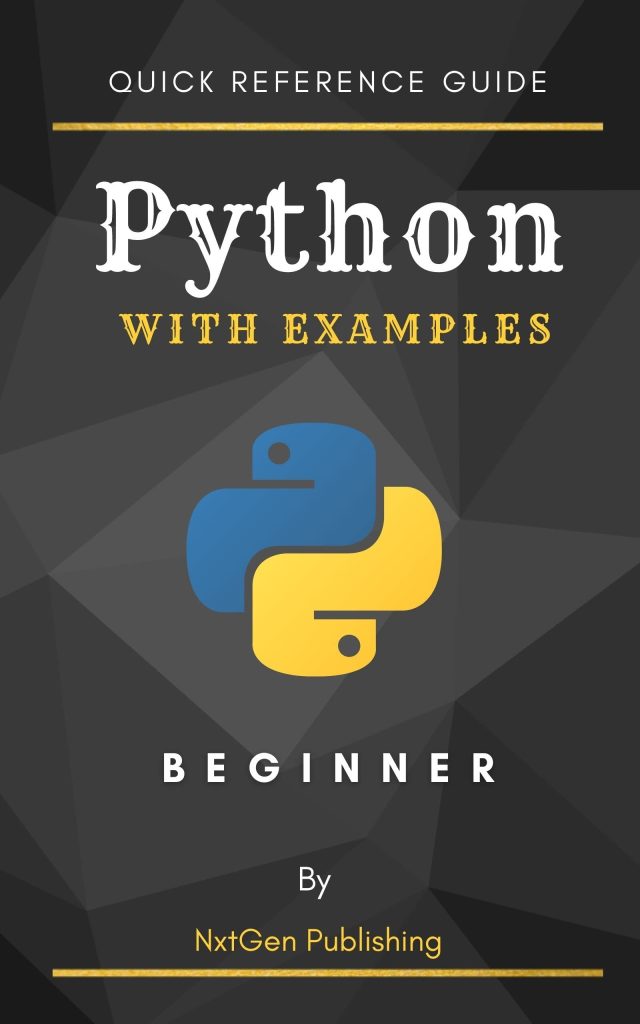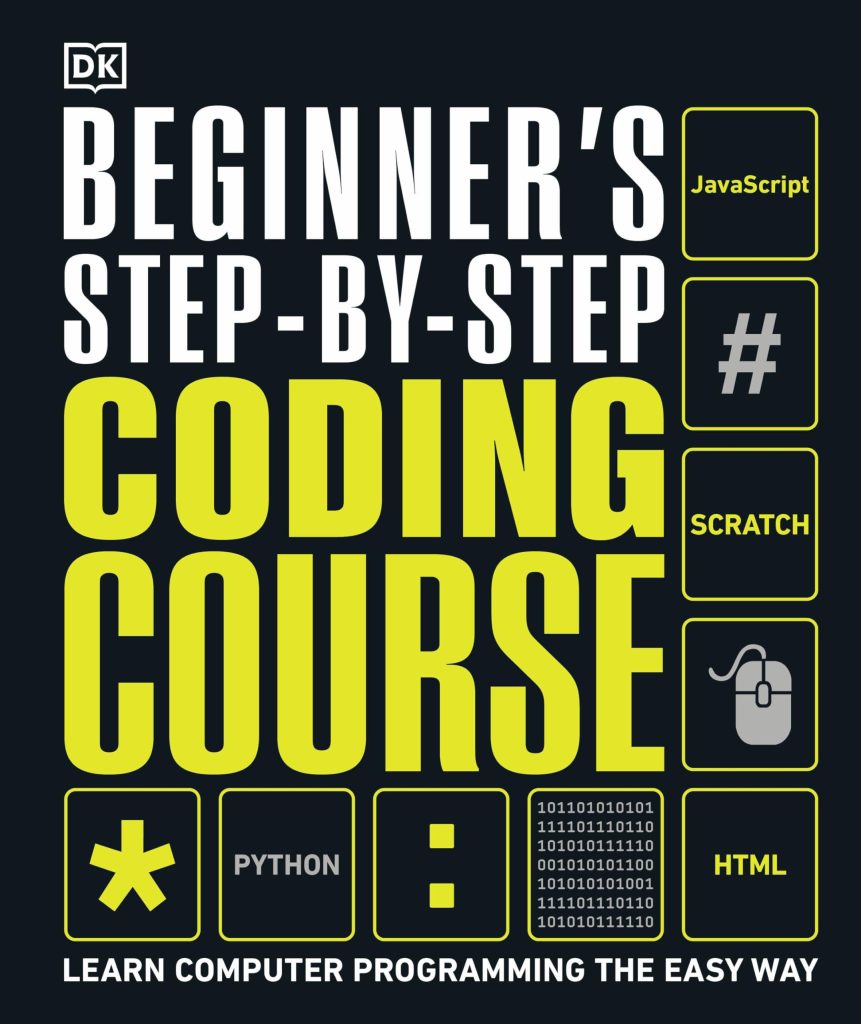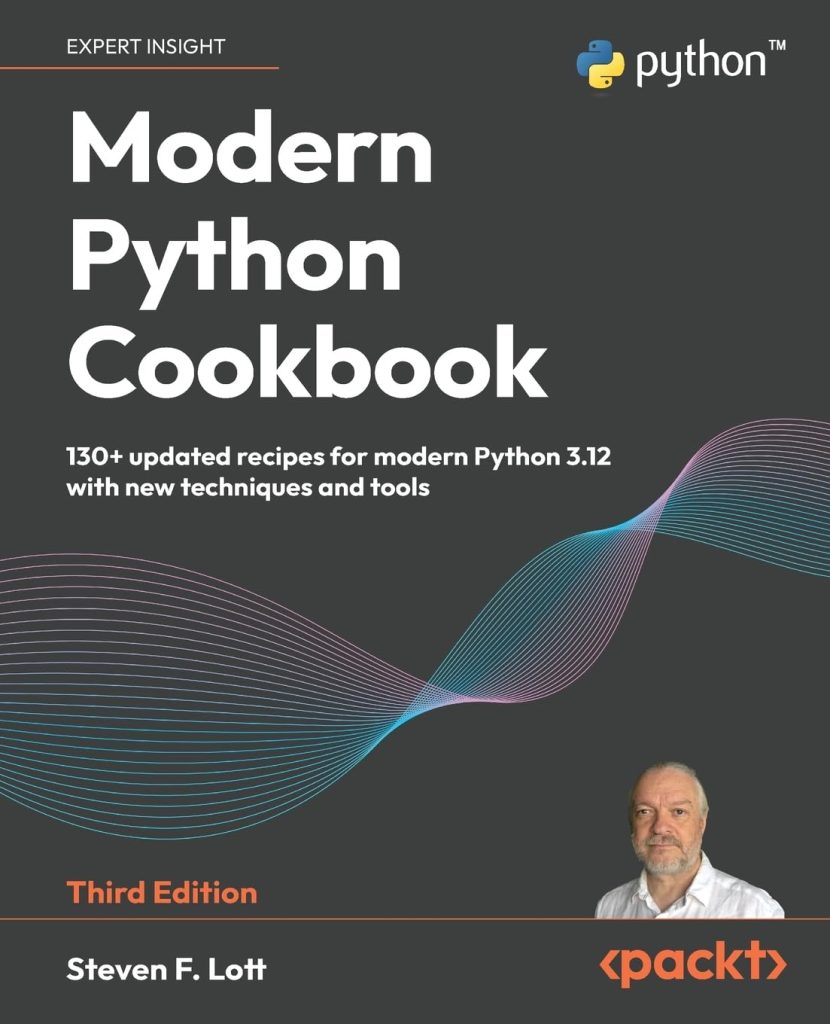
The datetime.timetz class is a powerful tool in Python’s datetime module that allows you to work with time objects that include timezone information. It extends the functionality of the standard datetime.time class by adding timezone awareness to time representations.
Unlike datetime.time, which only deals with time values without any reference to a specific timezone, datetime.timetz associates a timezone with the time, making it particularly useful for applications that need to handle time data across different geographical locations.
Here’s a basic example of creating a timetz object:
from datetime import time, tzinfo
from zoneinfo import ZoneInfo
# Create a time object with timezone
time_with_tz = time(14, 30, 0, tzinfo=ZoneInfo("Europe/London"))
print(time_with_tz) # Output: 14:30:00+01:00
In this example, we create a timetz object representing 2:30 PM in the London timezone. The tzinfo parameter is used to specify the timezone information.
Some key features of datetime.timetz include:
- It keeps track of the associated timezone, allowing for accurate time representations across different regions.
- It’s compatible with other datetime objects and can be used in various time-related calculations.
- When printed, it includes the UTC offset, making it clear which timezone the time refers to.
- It provides methods to convert times between different timezones easily.
Using datetime.timetz is especially important when dealing with international applications, scheduling systems, or any scenario where timezone information very important for accurate time representation and calculations.
Section 2: Creating a time object with timezone
Creating a time object with timezone using datetime.timetz is simpler. You can do this by either specifying the timezone information when creating the object or by attaching it to an existing time object. Let’s explore both methods:
Method 1: Creating a new timetz object with timezone
To create a new timetz object with timezone information, you can use the time constructor from the datetime module and provide the timezone information using the tzinfo parameter:
from datetime import time
from zoneinfo import ZoneInfo
# Create a timetz object for 2:30 PM in New York
ny_time = time(14, 30, 0, tzinfo=ZoneInfo("America/New_York"))
print(ny_time) # Output: 14:30:00-04:00
# Create a timetz object for 10:45 AM in Tokyo
tokyo_time = time(10, 45, 0, tzinfo=ZoneInfo("Asia/Tokyo"))
print(tokyo_time) # Output: 10:45:00+09:00
In these examples, we use the ZoneInfo class from the zoneinfo module to specify the timezone. This module is available in Python 3.9 and later versions. For earlier versions, you can use the pytz library instead.
Method 2: Attaching timezone to an existing time object
If you already have a time object without timezone information, you can attach a timezone to it using the replace method:
from datetime import time
from zoneinfo import ZoneInfo
# Create a naive time object (without timezone)
naive_time = time(18, 15, 0)
# Attach timezone information to create a timetz object
paris_time = naive_time.replace(tzinfo=ZoneInfo("Europe/Paris"))
print(paris_time) # Output: 18:15:00+02:00
This method is useful when you receive time data without timezone information and need to associate it with a specific timezone.
Using UTC (Coordinated Universal Time)
When working with timezones, it’s often useful to use UTC as a reference point. You can create a timetz object in UTC using the timezone.utc constant from the datetime module:
from datetime import time, timezone # Create a timetz object for 12:00 PM UTC utc_time = time(12, 0, 0, tzinfo=timezone.utc) print(utc_time) # Output: 12:00:00+00:00
Handling microseconds
The time constructor also allows you to specify microseconds for more precise time representations:
from datetime import time
from zoneinfo import ZoneInfo
# Create a timetz object with microseconds
precise_time = time(23, 59, 59, 999999, tzinfo=ZoneInfo("Australia/Sydney"))
print(precise_time) # Output: 23:59:59.999999+10:00
By using these methods, you can create time objects with timezone information that accurately represent times in different parts of the world. That is particularly useful when dealing with international applications, scheduling systems, or any scenario where timezone awareness very important.
Section 3: Accessing timezone information
Once you have created a time object with timezone information using datetime.timetz, you can easily access various aspects of the timezone. Let’s explore the different methods and attributes available for accessing timezone information:
1. Accessing the timezone object
You can access the timezone object associated with a timetz instance using the tzinfo attribute:
from datetime import time
from zoneinfo import ZoneInfo
berlin_time = time(15, 30, 0, tzinfo=ZoneInfo("Europe/Berlin"))
print(berlin_time.tzinfo) # Output: zoneinfo.ZoneInfo(key='Europe/Berlin')
2. Getting the timezone name
To get the name of the timezone, you can use the tzname() method:
print(berlin_time.tzname()) # Output: CEST (Central European Summer Time)
3. Retrieving the UTC offset
The utcoffset() method returns a timedelta object representing the offset from UTC:
print(berlin_time.utcoffset()) # Output: 2:00:00 print(berlin_time.utcoffset().total_seconds() / 3600) # Output: 2.0 (hours)
4. Checking for daylight saving time
You can use the dst() method to check if daylight saving time is in effect:
print(berlin_time.dst()) # Output: 1:00:00 (if DST is in effect)
5. Accessing individual time components
Although not directly related to timezone information, it is worth noting that you can access individual time components:
print(berlin_time.hour) # Output: 15 print(berlin_time.minute) # Output: 30 print(berlin_time.second) # Output: 0 print(berlin_time.microsecond) # Output: 0
6. Comparing timezones
You can compare two timetz objects to check if they have the same timezone:
paris_time = time(15, 30, 0, tzinfo=ZoneInfo("Europe/Paris"))
print(berlin_time.tzinfo == paris_time.tzinfo) # Output: False
7. Checking if a time object has timezone information
To determine if a time object has timezone information, you can check if the tzinfo attribute is not None:
naive_time = time(15, 30, 0) print(berlin_time.tzinfo is not None) # Output: True print(naive_time.tzinfo is not None) # Output: False
By using these methods and attributes, you can extract detailed information about the timezone associated with a timetz object. This information is important for accurately representing and manipulating time data in applications that deal with multiple timezones.
Section 4: Converting time object to different timezones
1. Using the replace() method
The replace() method allows you to create a new time object with a different timezone while keeping the same time:
from datetime import time
from zoneinfo import ZoneInfo
# Create a time object in New York timezone
ny_time = time(14, 30, 0, tzinfo=ZoneInfo("America/New_York"))
print(f"New York time: {ny_time}")
# Convert to London timezone
london_time = ny_time.replace(tzinfo=ZoneInfo("Europe/London"))
print(f"London time: {london_time}")
This method doesn’t adjust the time for the new timezone; it simply associates the same time with a different timezone.
2. Using datetime objects for accurate timezone conversion
For more accurate timezone conversions that account for daylight saving time and timezone offsets, it is better to use datetime objects:
from datetime import datetime
from zoneinfo import ZoneInfo
# Create a datetime object in New York timezone
ny_datetime = datetime.now(ZoneInfo("America/New_York"))
ny_time = ny_datetime.timetz()
print(f"New York time: {ny_time}")
# Convert to Tokyo timezone
tokyo_datetime = ny_datetime.astimezone(ZoneInfo("Asia/Tokyo"))
tokyo_time = tokyo_datetime.timetz()
print(f"Tokyo time: {tokyo_time}")
This method ensures that the time is correctly adjusted for the new timezone, including any daylight saving time changes.
3. Using pytz for backwards compatibility
If you are using Python versions earlier than 3.9 or need to support older systems, you can use the pytz library for timezone conversions:
from datetime import datetime
import pytz
# Create a datetime object in New York timezone
ny_tz = pytz.timezone("America/New_York")
ny_datetime = datetime.now(ny_tz)
ny_time = ny_datetime.timetz()
print(f"New York time: {ny_time}")
# Convert to Paris timezone
paris_tz = pytz.timezone("Europe/Paris")
paris_datetime = ny_datetime.astimezone(paris_tz)
paris_time = paris_datetime.timetz()
print(f"Paris time: {paris_time}")
4. Converting between UTC and local time
When working with multiple timezones, it’s often useful to convert times to and from UTC:
from datetime import datetime, timezone
from zoneinfo import ZoneInfo
# Local time to UTC
local_time = datetime.now(ZoneInfo("Europe/Berlin")).timetz()
utc_time = datetime.now(timezone.utc).timetz()
print(f"Local time: {local_time}")
print(f"UTC time: {utc_time}")
# UTC to specific timezone
utc_datetime = datetime.now(timezone.utc)
sydney_datetime = utc_datetime.astimezone(ZoneInfo("Australia/Sydney"))
sydney_time = sydney_datetime.timetz()
print(f"Sydney time: {sydney_time}")
When converting time objects between timezones, keep these best practices in mind:
- Always use timezone-aware datetime objects for accurate conversions.
- Be cautious when using the replace() method, as it doesn’t adjust for timezone differences.
- Think using UTC as an intermediate step when converting between multiple timezones.
- Be aware of daylight saving time changes and how they might affect your conversions.
- Use the zoneinfo module (Python 3.9+) or pytz library for robust timezone handling.
By following these guidelines and using the appropriate methods, you can effectively convert time objects between different timezones in your Python applications.
Section 5: Arithmetic operations with time objects and timezones
Performing arithmetic operations with time objects and timezones requires careful consideration of timezone differences and daylight saving time changes. While datetime.timetz objects themselves don’t support direct arithmetic operations, we can use datetime objects to perform calculations and then extract the time component. Let’s explore some common scenarios:
1. Adding or subtracting time intervals
To add or subtract time intervals from a timetz object, we need to convert it to a datetime object first:
from datetime import datetime, timedelta
from zoneinfo import ZoneInfo
# Create a timetz object
original_time = datetime.now(ZoneInfo("America/New_York")).timetz()
print(f"Original time: {original_time}")
# Convert to datetime for arithmetic operations
dt = datetime.combine(datetime.today(), original_time)
# Add 2 hours and 30 minutes
new_dt = dt + timedelta(hours=2, minutes=30)
new_time = new_dt.timetz()
print(f"Time after adding 2h 30m: {new_time}")
# Subtract 1 hour
new_dt = dt - timedelta(hours=1)
new_time = new_dt.timetz()
print(f"Time after subtracting 1h: {new_time}")
2. Calculating time differences across timezones
To calculate the time difference between two timetz objects in different timezones, we can use datetime objects:
from datetime import datetime
from zoneinfo import ZoneInfo
# Create two timetz objects in different timezones
ny_time = datetime.now(ZoneInfo("America/New_York")).timetz()
tokyo_time = datetime.now(ZoneInfo("Asia/Tokyo")).timetz()
# Convert to datetime objects for the same date
ny_dt = datetime.combine(datetime.today(), ny_time)
tokyo_dt = datetime.combine(datetime.today(), tokyo_time)
# Calculate the time difference
time_diff = tokyo_dt - ny_dt
print(f"Time difference: {time_diff}")
3. Handling daylight saving time transitions
When performing arithmetic operations near daylight saving time transitions, be cautious of potential ambiguities:
from datetime import datetime, timedelta
from zoneinfo import ZoneInfo
# Create a datetime object just before a DST transition
dt = datetime(2023, 11, 5, 1, 30, tzinfo=ZoneInfo("America/New_York"))
print(f"Original time: {dt.timetz()}")
# Add 1 hour (which crosses the DST transition)
new_dt = dt + timedelta(hours=1)
print(f"Time after adding 1 hour: {new_dt.timetz()}")
# Subtract 1 hour (going back to standard time)
original_dt = new_dt - timedelta(hours=1)
print(f"Time after subtracting 1 hour: {original_dt.timetz()}")
4. Converting between timezones during calculations
When performing calculations across different timezones, it is often useful to convert to a common timezone (like UTC) before doing the arithmetic:
from datetime import datetime, timedelta
from zoneinfo import ZoneInfo
# Create timetz objects in different timezones
ny_time = datetime.now(ZoneInfo("America/New_York")).timetz()
paris_time = datetime.now(ZoneInfo("Europe/Paris")).timetz()
# Convert to datetime objects and then to UTC
ny_dt_utc = datetime.combine(datetime.today(), ny_time).astimezone(ZoneInfo("UTC"))
paris_dt_utc = datetime.combine(datetime.today(), paris_time).astimezone(ZoneInfo("UTC"))
# Perform calculation in UTC
time_diff_utc = paris_dt_utc - ny_dt_utc
print(f"Time difference in UTC: {time_diff_utc}")
# Convert result back to original timezones if needed
ny_result = (ny_dt_utc + time_diff_utc).astimezone(ZoneInfo("America/New_York")).timetz()
paris_result = (paris_dt_utc + time_diff_utc).astimezone(ZoneInfo("Europe/Paris")).timetz()
print(f"New York result: {ny_result}")
print(f"Paris result: {paris_result}")
When working with arithmetic operations involving timetz objects and timezones, keep these points in mind:
- Always use timezone-aware datetime objects for calculations to ensure accuracy.
- Be aware of daylight saving time transitions and their impact on calculations.
- Ponder converting to UTC before performing arithmetic operations across different timezones.
- Use the appropriate timezone information when converting results back to local times.
- Test your calculations thoroughly, especially around DST transition periods.
By following these guidelines and using the datetime module’s capabilities, you can effectively perform arithmetic operations with time objects while maintaining timezone awareness and accuracy.
Section 6: Handling daylight saving time changes
Handling daylight saving time (DST) changes is an important aspect of working with timezones in Python. DST transitions can cause ambiguities and unexpected behavior if not handled properly. Here are some strategies and considerations for dealing with DST changes when using datetime.timetz:
1. Be aware of DST transitions
First, it is important to know when DST transitions occur for the timezones you are working with. You can use the zoneinfo module to check if a specific datetime is in DST:
from datetime import datetime
from zoneinfo import ZoneInfo
def is_dst(dt, timezone):
tz = ZoneInfo(timezone)
return bool(dt.replace(tzinfo=tz).dst())
# Check if a date is in DST
date1 = datetime(2023, 1, 1, 12, 0) # Winter
date2 = datetime(2023, 7, 1, 12, 0) # Summer
print(is_dst(date1, "America/New_York")) # False
print(is_dst(date2, "America/New_York")) # True
2. Handle ambiguous times
During the fall transition, when the clock is set back, some times occur twice. You need to handle these ambiguous times carefully:
from datetime import datetime, timedelta
from zoneinfo import ZoneInfo
# Ambiguous time (1:30 AM on DST transition day)
ambiguous_time = datetime(2023, 11, 5, 1, 30, tzinfo=ZoneInfo("America/New_York"))
# Check an hour before and after
before = ambiguous_time - timedelta(hours=1)
after = ambiguous_time + timedelta(hours=1)
print(f"Before: {before}")
print(f"Ambiguous: {ambiguous_time}")
print(f"After: {after}")
3. Use fold parameter for disambiguation
Python 3.6+ introduced the fold attribute to disambiguate repeated times during DST transitions:
from datetime import datetime, time
from zoneinfo import ZoneInfo
tz = ZoneInfo("America/New_York")
ambiguous_time = datetime(2023, 11, 5, 1, 30, tzinfo=tz)
# First occurrence (in DST)
first = ambiguous_time.replace(fold=0)
# Second occurrence (after DST ends)
second = ambiguous_time.replace(fold=1)
print(f"First occurrence: {first}")
print(f"Second occurrence: {second}")
4. Handle non-existent times
During the spring transition, when the clock is set forward, some times don’t exist. You need to handle these cases:
from datetime import datetime
from zoneinfo import ZoneInfo
try:
# This time doesn't exist due to DST transition
non_existent = datetime(2023, 3, 12, 2, 30, tzinfo=ZoneInfo("America/New_York"))
except Exception as e:
print(f"Error: {e}")
# Instead, you can use the next valid time
valid_time = datetime(2023, 3, 12, 3, 0, tzinfo=ZoneInfo("America/New_York"))
print(f"Valid time: {valid_time}")
5. Use UTC for calculations around DST transitions
To avoid DST-related issues in calculations, think converting to UTC before performing operations:
from datetime import datetime, timedelta
from zoneinfo import ZoneInfo
local_tz = ZoneInfo("America/New_York")
dt = datetime(2023, 3, 12, 1, 30, tzinfo=local_tz)
# Convert to UTC, perform calculation, then convert back
dt_utc = dt.astimezone(ZoneInfo("UTC"))
result_utc = dt_utc + timedelta(hours=1)
result_local = result_utc.astimezone(local_tz)
print(f"Original: {dt}")
print(f"Result: {result_local}")
6. Be cautious with recurring events
When dealing with recurring events that span DST transitions, be careful to maintain the intended local time:
from datetime import datetime, timedelta
from zoneinfo import ZoneInfo
def next_occurrence(start_date, days):
return start_date + timedelta(days=days)
start = datetime(2023, 3, 10, 9, 0, tzinfo=ZoneInfo("America/New_York"))
interval = 7 # Weekly event
for _ in range(3):
print(start)
start = next_occurrence(start, interval)
In this example, the event will maintain its 9:00 AM local time, even across the DST transition.
By implementing these strategies and being aware of the challenges posed by DST transitions, you can ensure that your Python applications handle timezone changes correctly and provide accurate time representations throughout the year.
Section 7: Best practices and tips for working with timezones
When working with timezones in Python, it is essential to follow best practices to ensure accurate and reliable time handling. Here are some tips and best practices for working with timezones using datetime.timetz:
- Whenever possible, use timezone-aware datetime and time objects to avoid ambiguity and ensure accurate calculations.
- For Python 3.9 and later, use the built-in zoneinfo module for timezone handling. It provides up-to-date timezone information and is more reliable than hardcoded offsets.
- Store timestamps in UTC and convert to local timezones only when necessary for display or user interaction. This approach simplifies calculations and avoids issues with daylight saving time transitions.
- When working with times around daylight saving time transitions, be aware of potential ambiguities and use appropriate methods to handle them.
- When serializing datetime objects, use ISO format to ensure compatibility and preserve timezone information.
- When accepting user input for times and timezones, validate and parse the input carefully to avoid errors.
- If you’re using Python versions earlier than 3.9, consider using the pytz library for robust timezone handling.
Here’s an example that demonstrates some of these best practices:
from datetime import datetime, timezone
from zoneinfo import ZoneInfo
def store_event_time(event_time: datetime, event_tz: str) -> datetime:
"""
Store an event time in UTC.
"""
if event_time.tzinfo is None:
event_time = event_time.replace(tzinfo=ZoneInfo(event_tz))
return event_time.astimezone(timezone.utc)
def get_event_time_local(stored_time: datetime, local_tz: str) -> datetime:
"""
Retrieve a stored UTC time and convert it to the specified local timezone.
"""
return stored_time.astimezone(ZoneInfo(local_tz))
# Example usage
event_time = datetime(2023, 7, 15, 14, 30)
event_tz = "America/New_York"
# Store the event time in UTC
stored_time = store_event_time(event_time, event_tz)
print(f"Stored time (UTC): {stored_time.isoformat()}")
# Retrieve the event time in a different timezone
local_tz = "Asia/Tokyo"
local_time = get_event_time_local(stored_time, local_tz)
print(f"Local time ({local_tz}): {local_time.isoformat()}")
# Serialize the datetime object
serialized_time = local_time.isoformat()
print(f"Serialized time: {serialized_time}")
# Deserialize the datetime object
deserialized_time = datetime.fromisoformat(serialized_time)
print(f"Deserialized time: {deserialized_time}")
This example demonstrates storing event times in UTC, converting between timezones, and serializing/deserializing datetime objects while preserving timezone information. By following these best practices, you can ensure that your Python applications handle timezones correctly and provide accurate time representations across different regions and scenarios.






